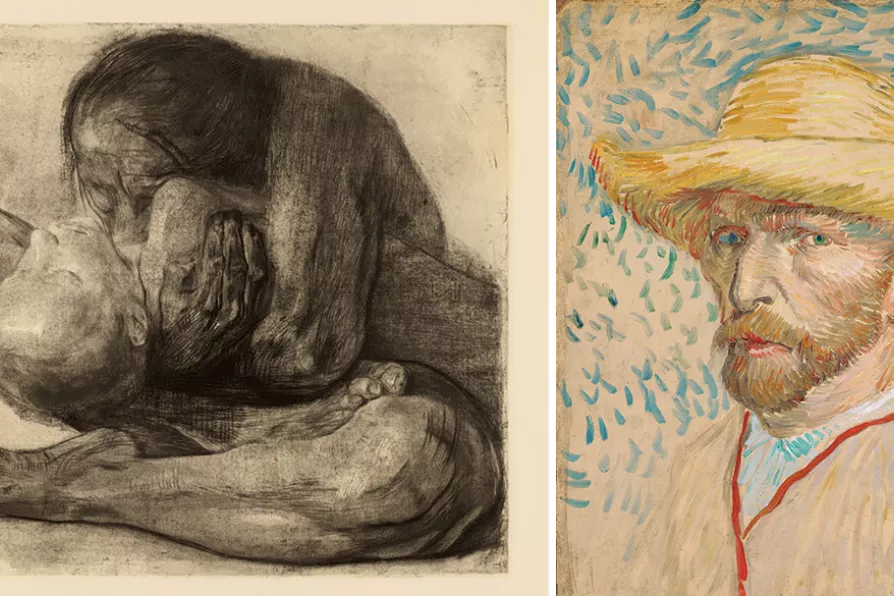MARIA DUARTE picks the best and worst of a crowded year of films
Visual arts round-up 2022 with Christine Lindey

 (L to R) Kathe Kollwitz, Woman with Dead Child, 1903; Vincent van Gogh, Self-Portrait with Straw Hat, August - September 1887
[(L to R) Kathe Kollwitz Museum Koln Public domain Van Gogh Museum Amsterdam]
(L to R) Kathe Kollwitz, Woman with Dead Child, 1903; Vincent van Gogh, Self-Portrait with Straw Hat, August - September 1887
[(L to R) Kathe Kollwitz Museum Koln Public domain Van Gogh Museum Amsterdam]
INSPIRED curating at the National Gallery managed to provoke a multitude of ideas by juxtaposing just two life-size portraits — Jean Auguste-Dominique Ingres’s Madame Moitessier of 1856 and Pablo Picasso’s Woman with a Book of 1932.
The contrast between the arch-traditionalist and the quintessential modernist embodied the cultural and social change from France’s 19th-century bourgeois rule and values to the progressive ones of the first decades of the 20th century.
Ingres’s portrait being commissioned by her father-in-law, a minister of state, Picasso’s painting being a non commissioned portrait of his current young partner. Yet Picasso paid tribute to his predecessor by choosing to pose his sitter to echo that of Ingres’s portrait.
Similar stories

While the group known as the Colourists certainly reinvigorated Scottish painting, a new show is a welcome chance to reassess them, writes ANGUS REID

SIMON DUFF explores the latest offering of the Chinese artist in exile AI WEI WEI

RINA ARYA confronts the brutal operation of Francis Bacon’s approach to portraiture

From van Gogh to Sonia Boyce, from Hew Locke to Patrick Carpenter and... Pablo Picasso










